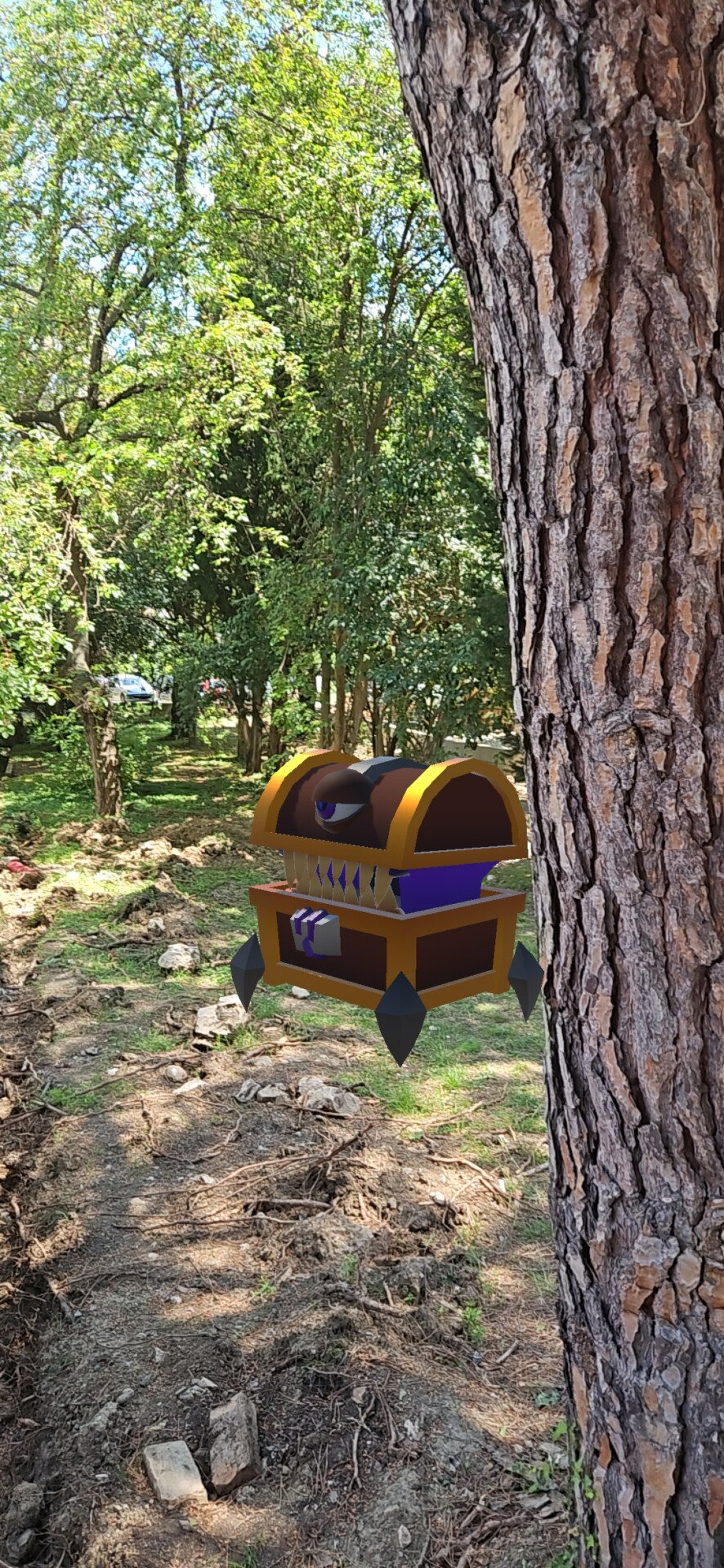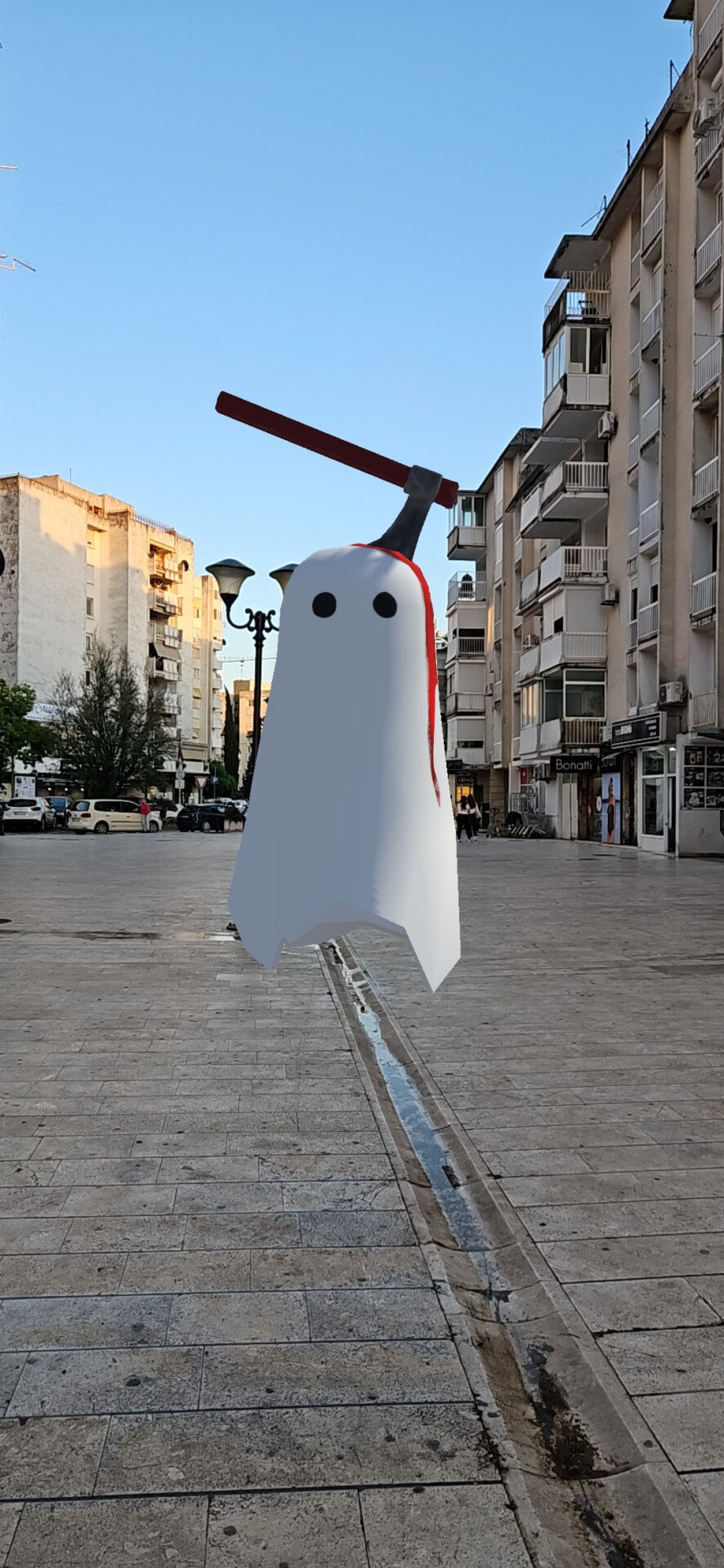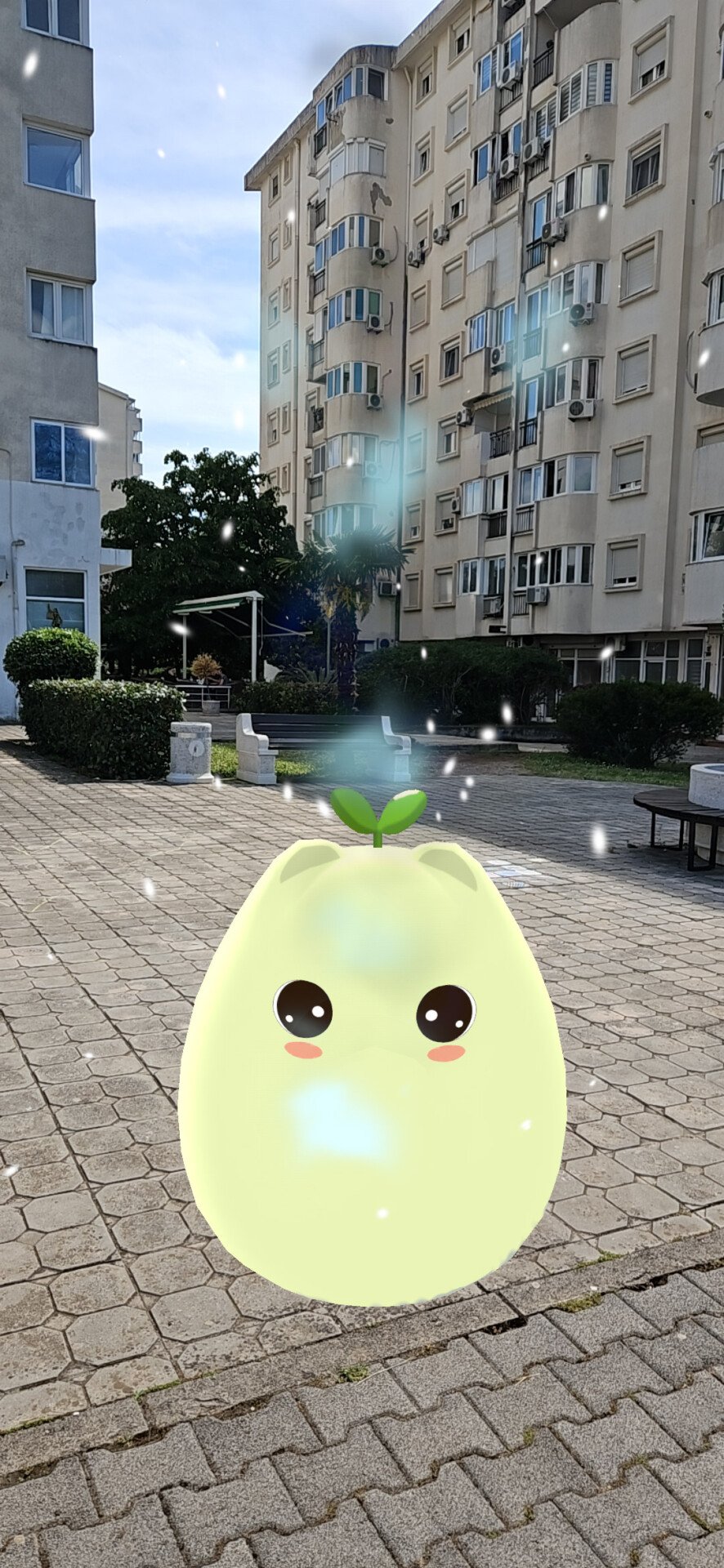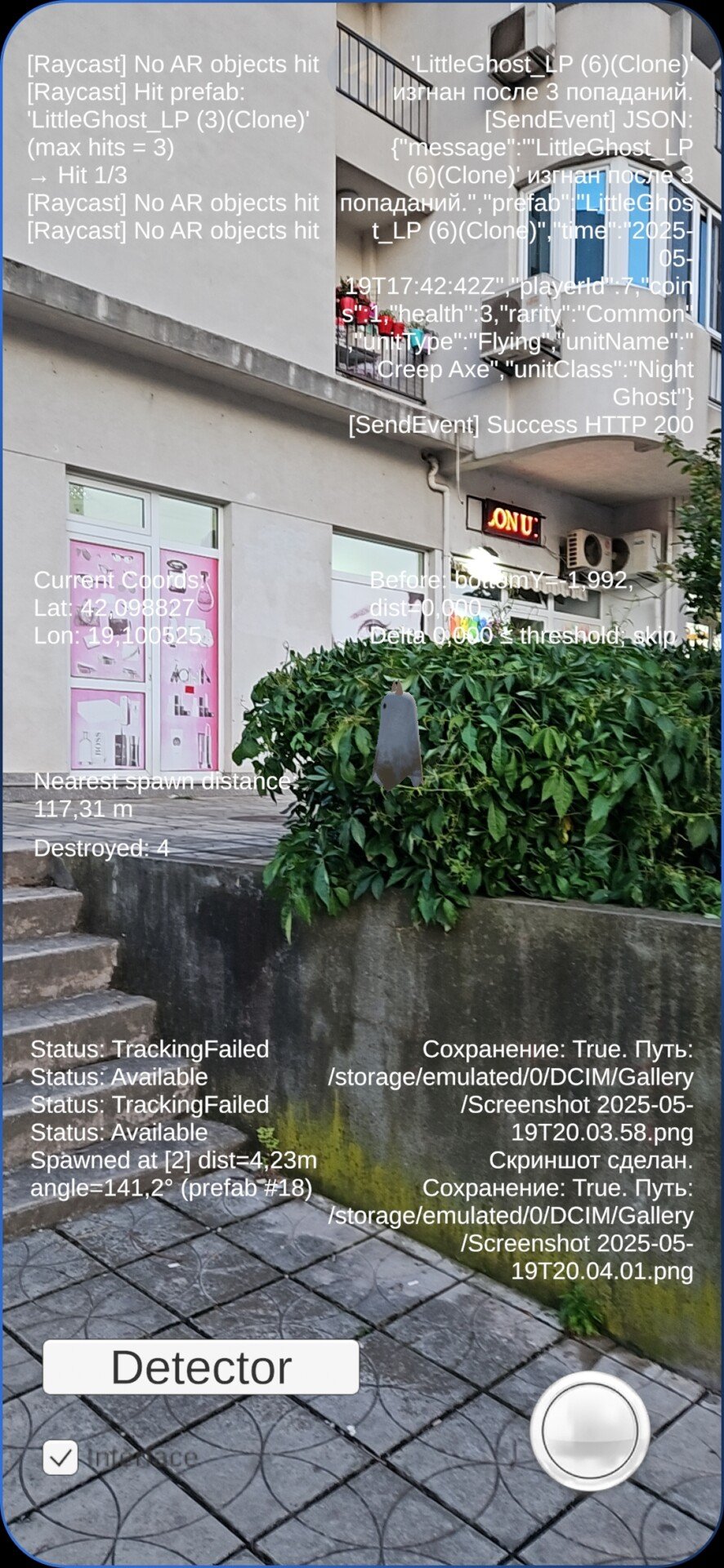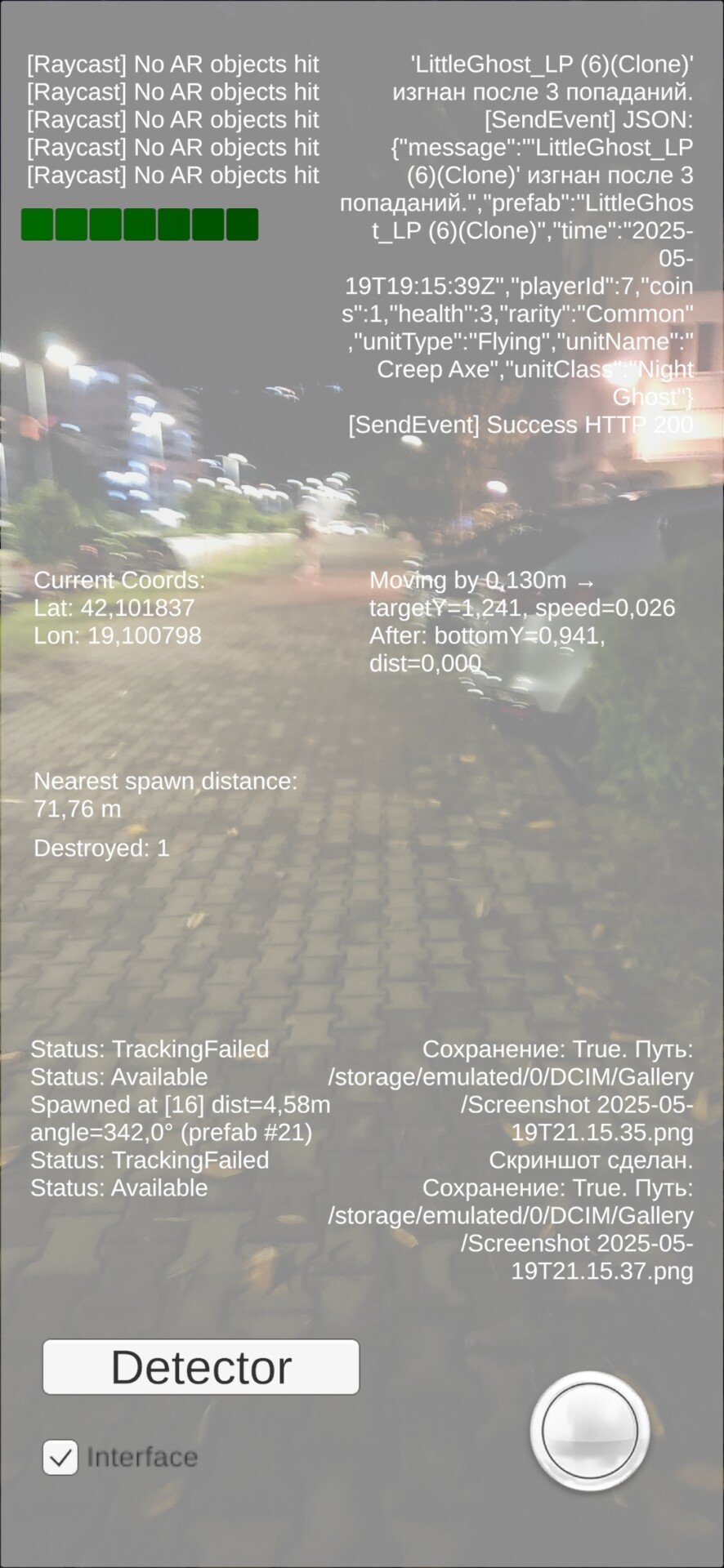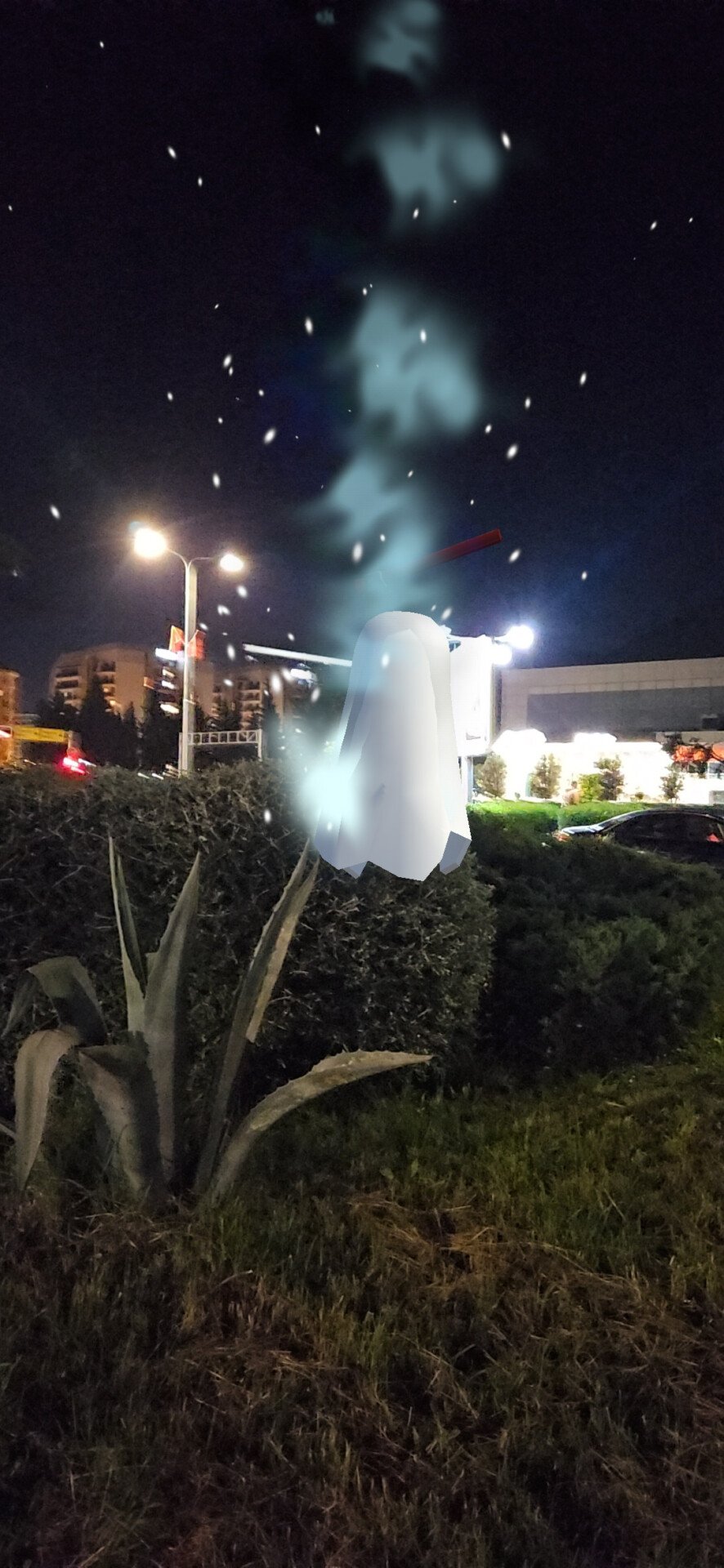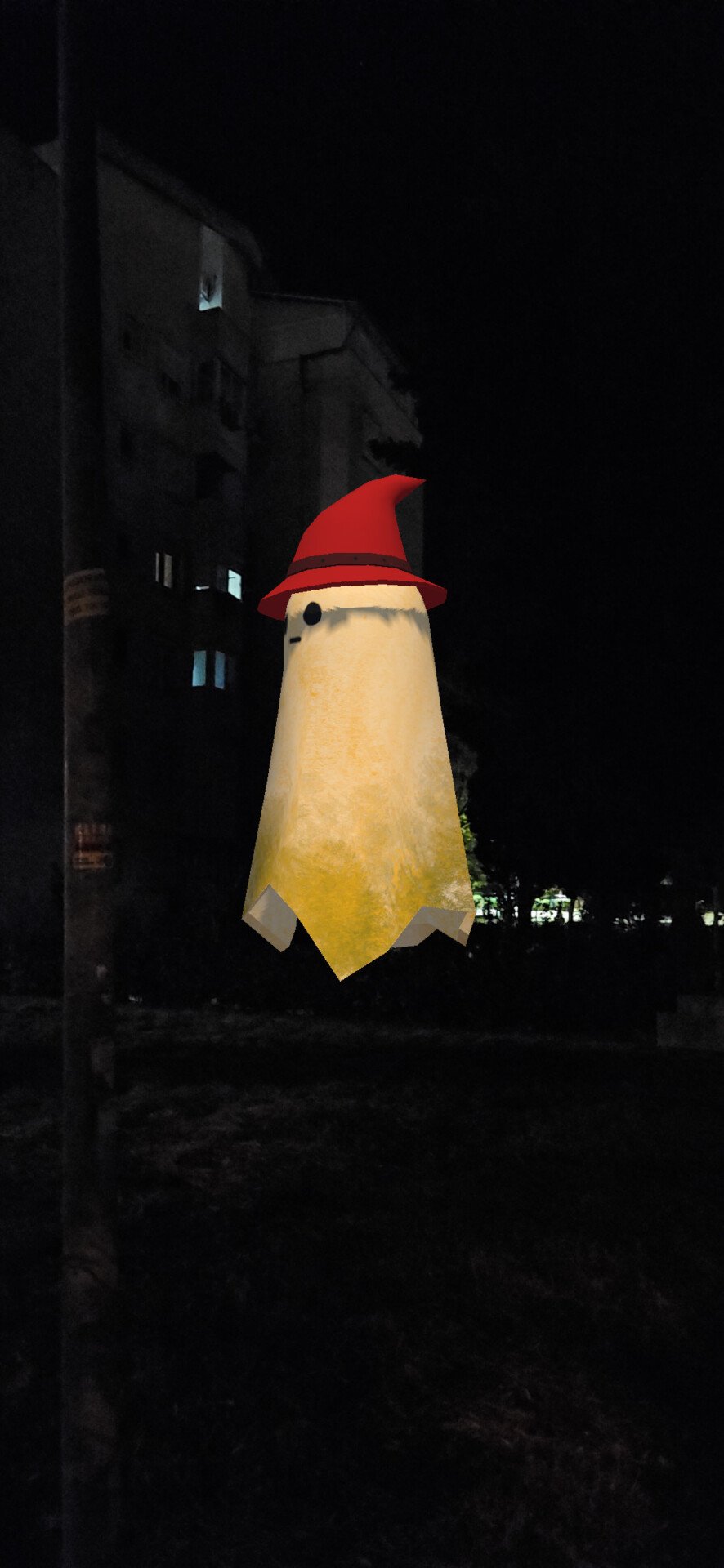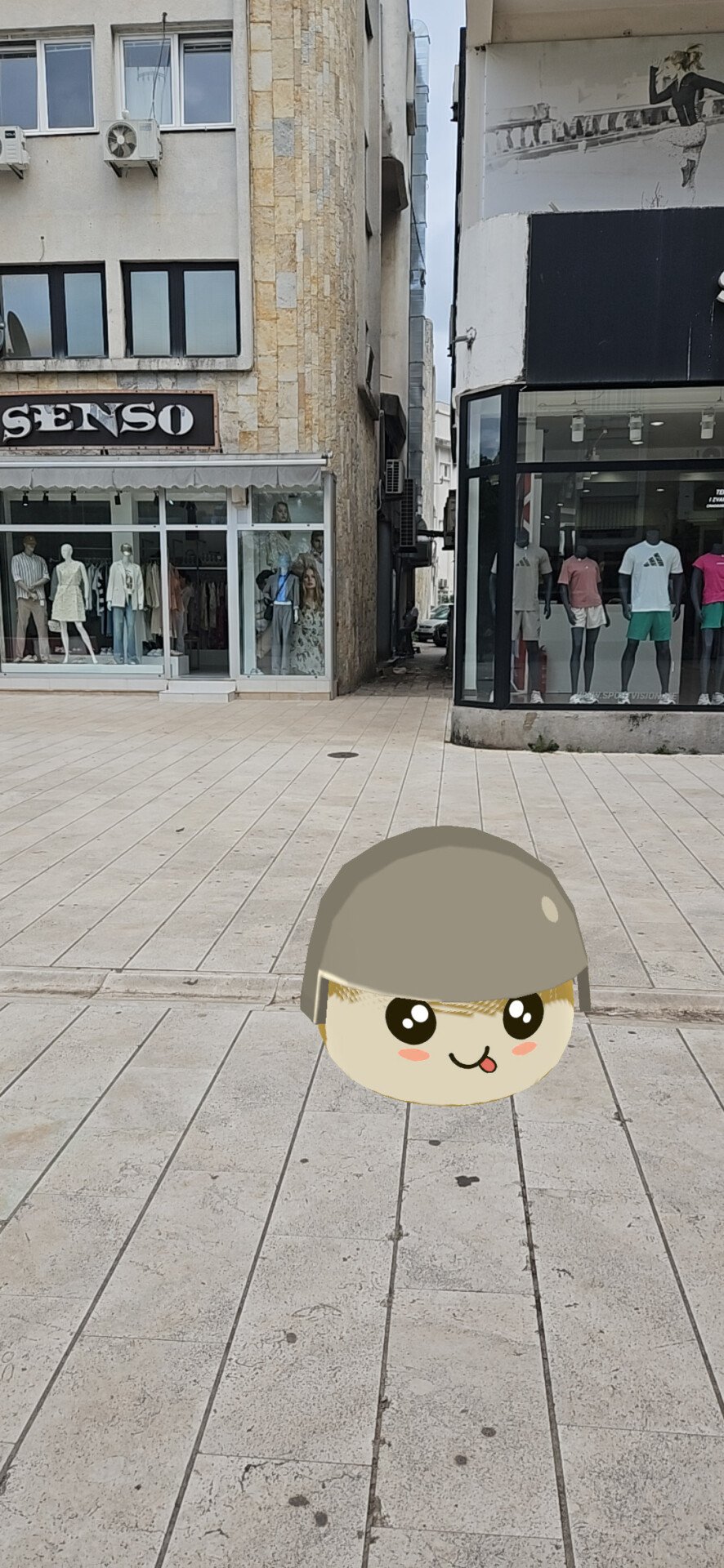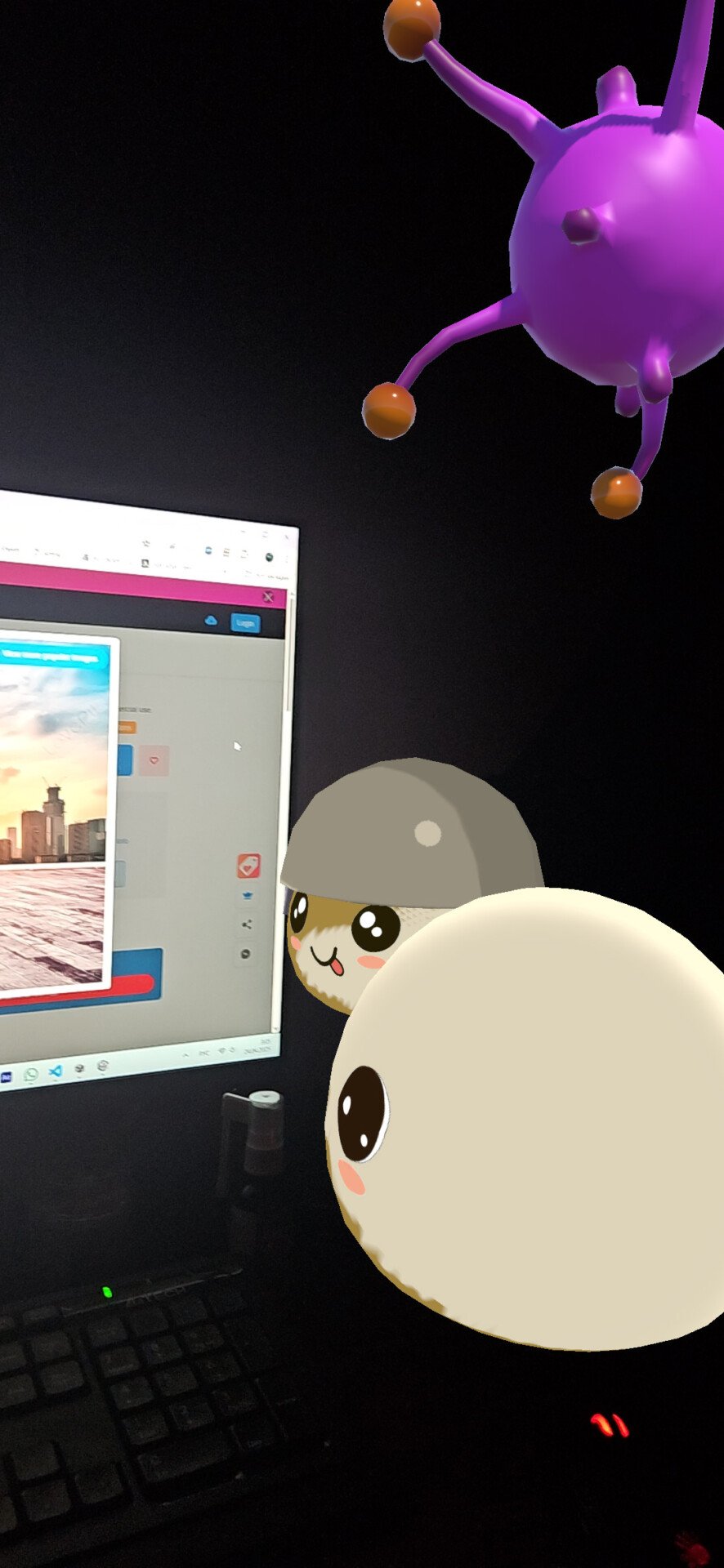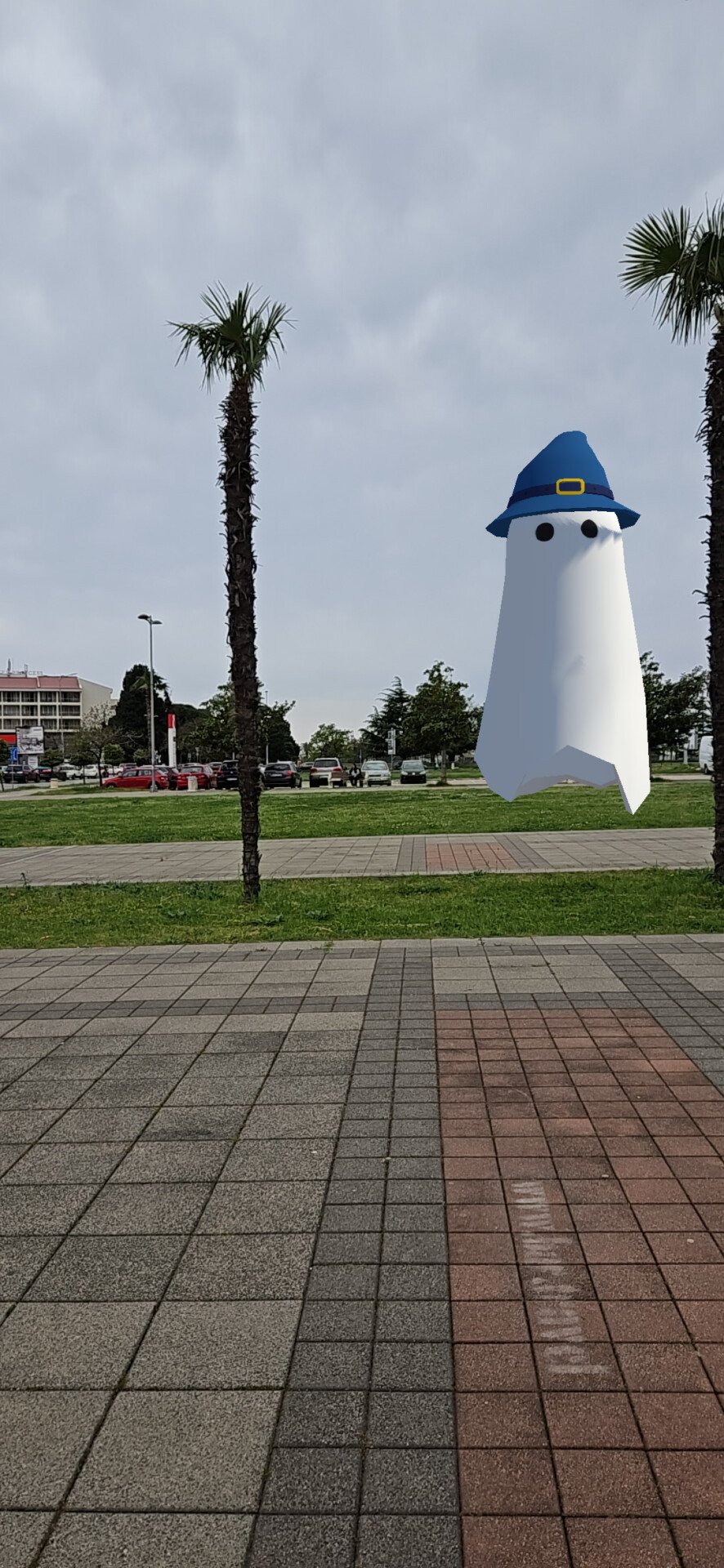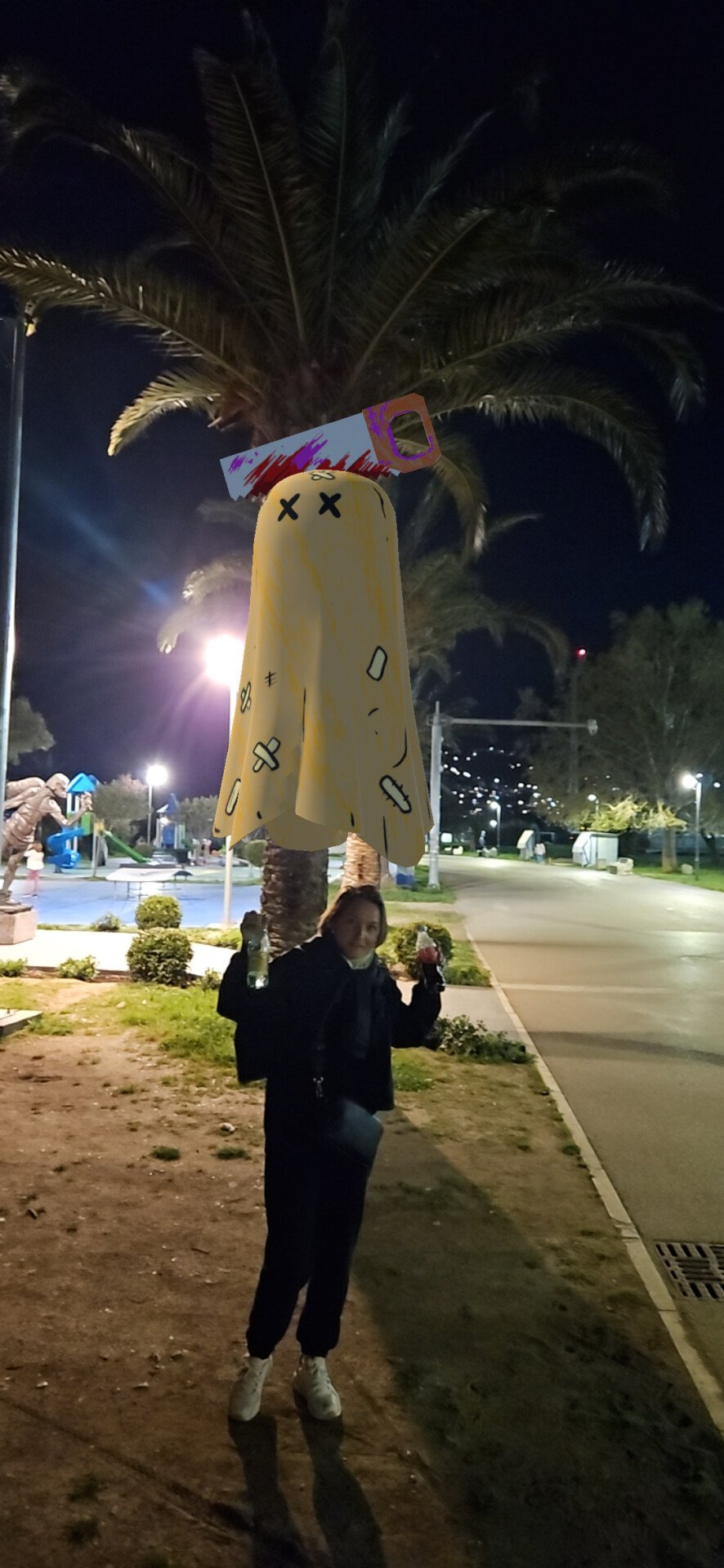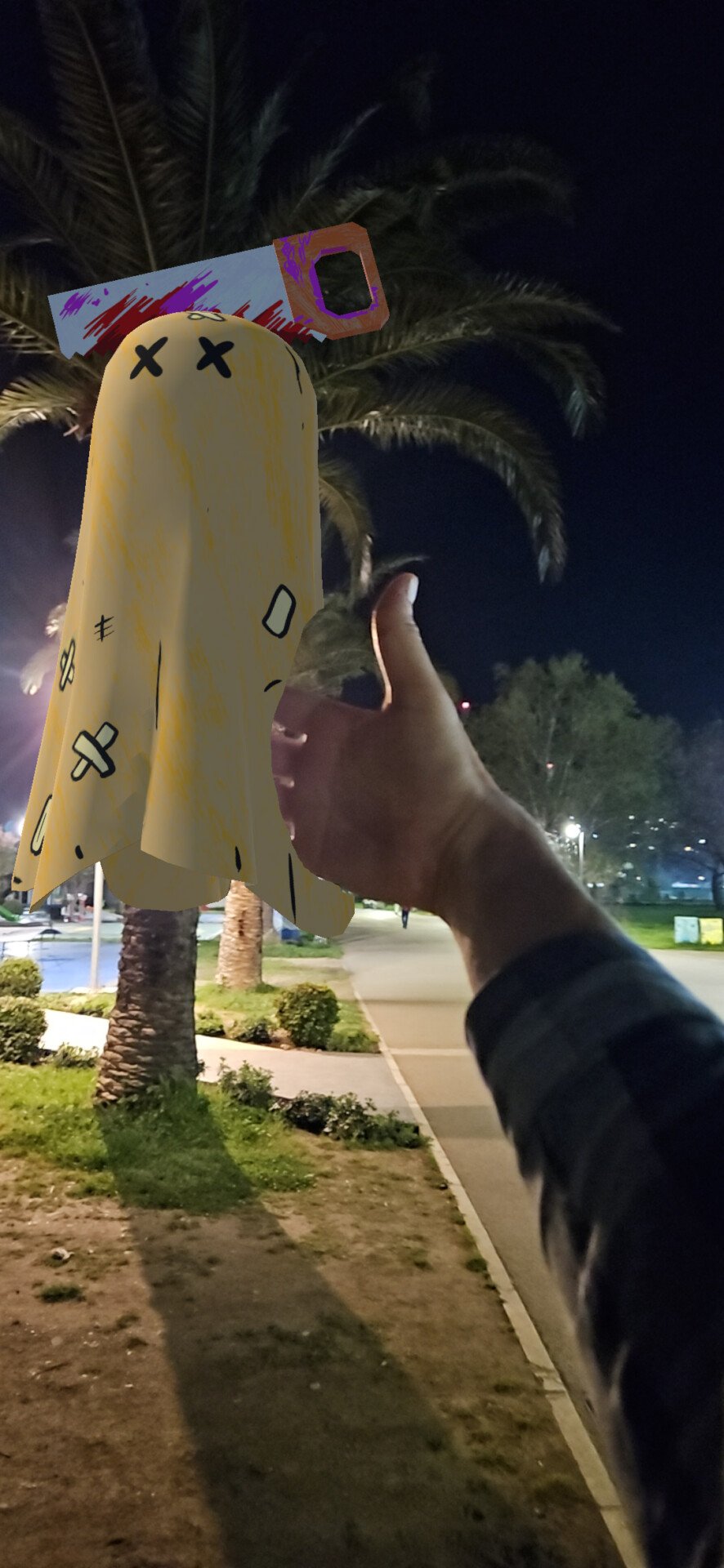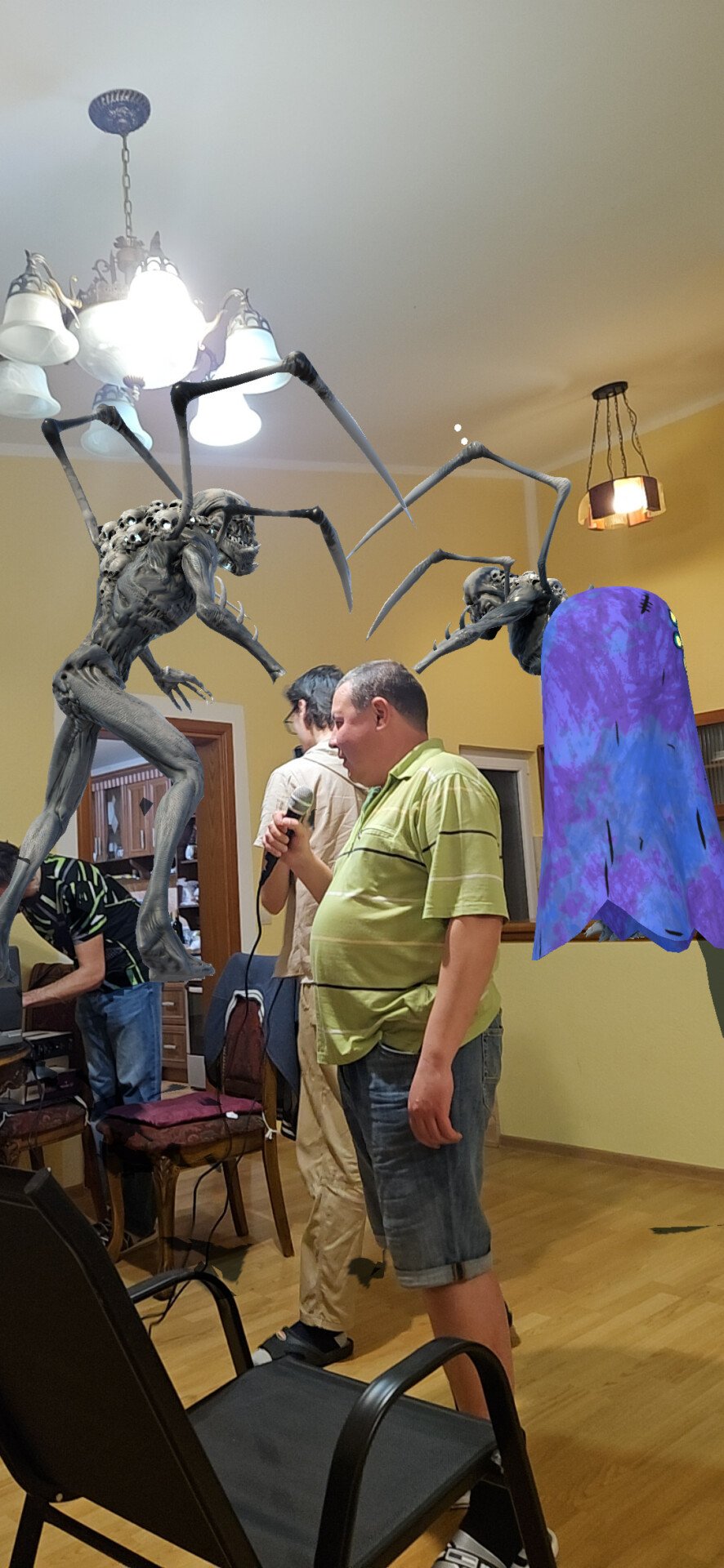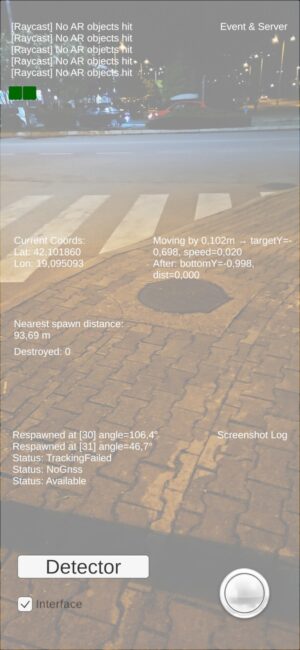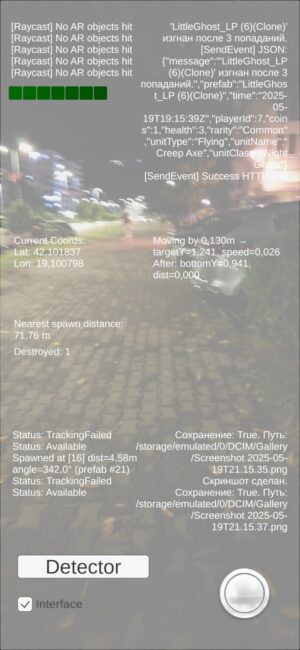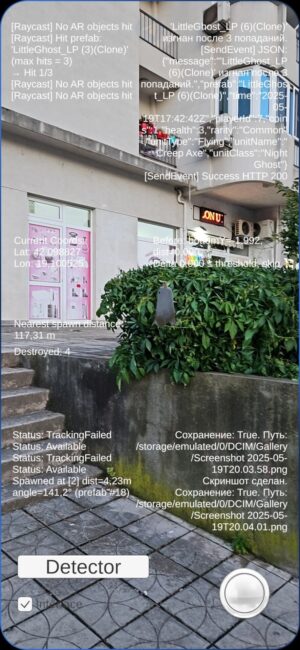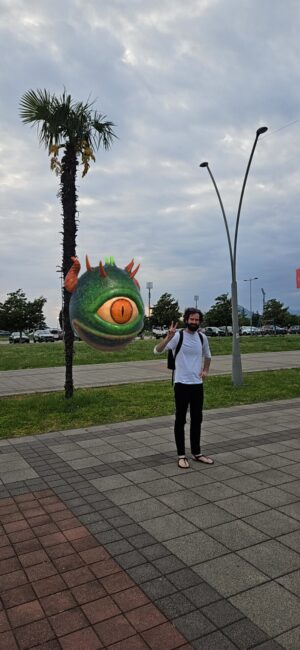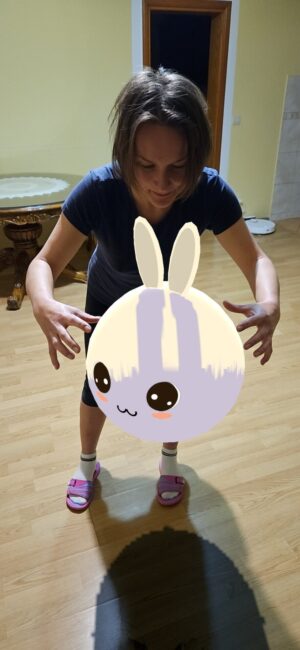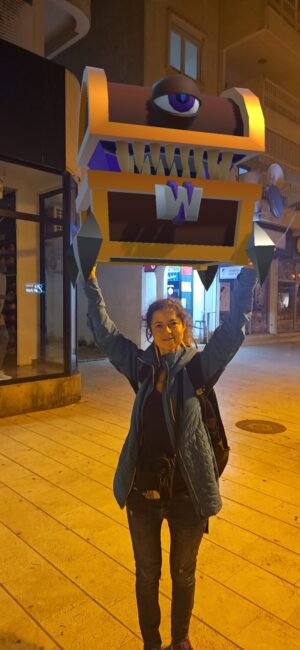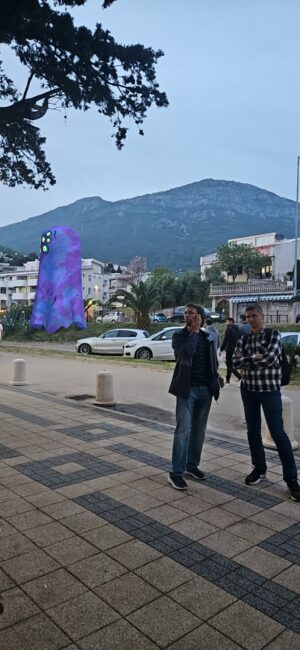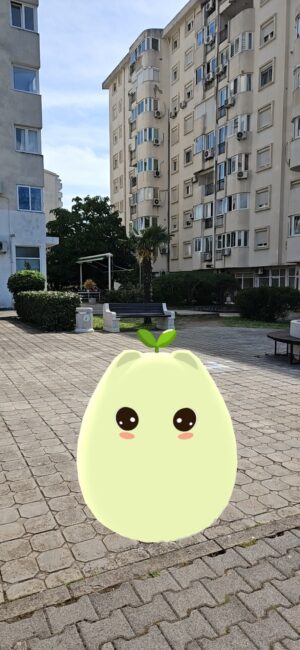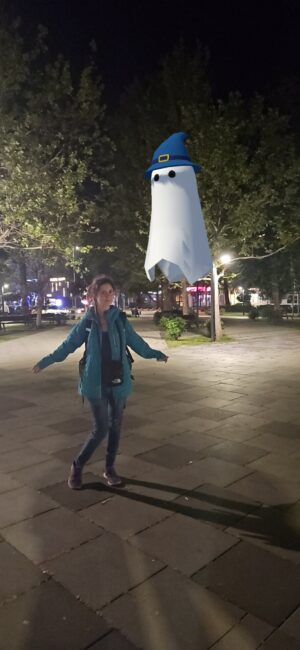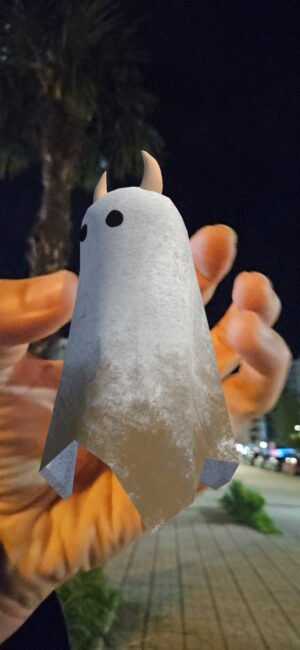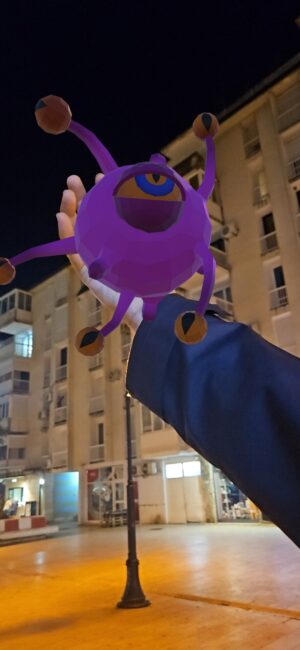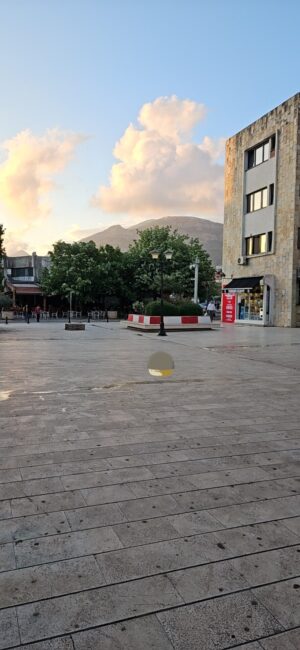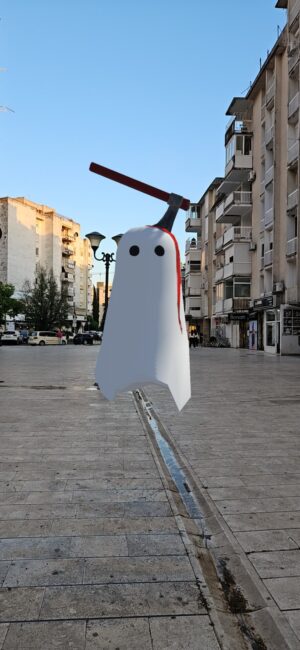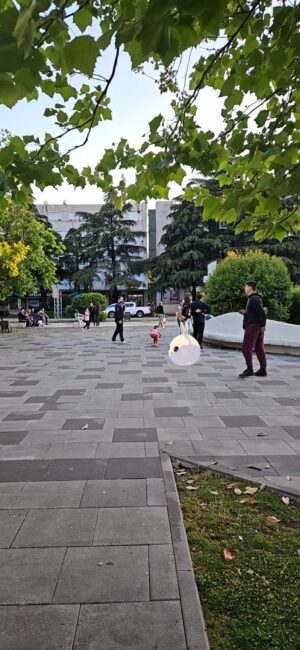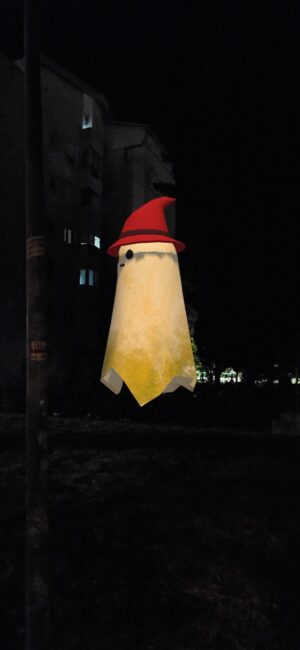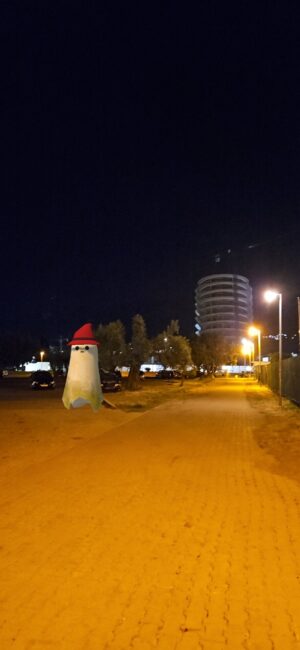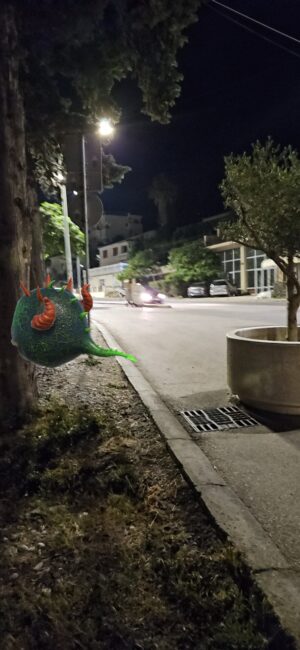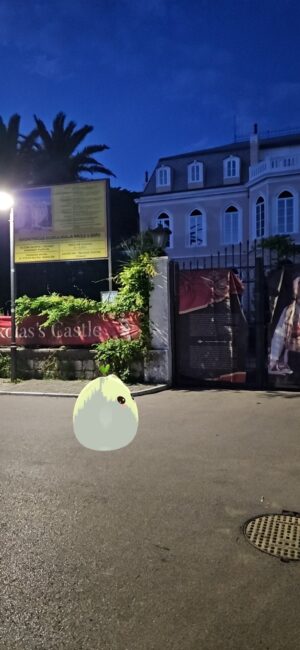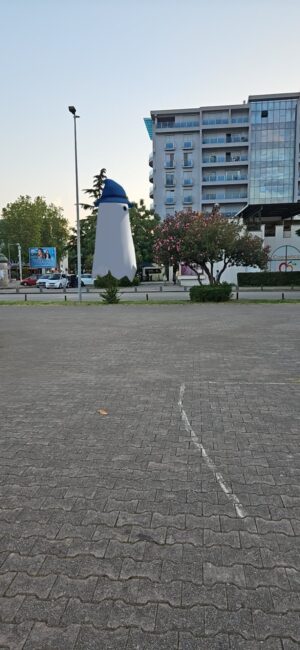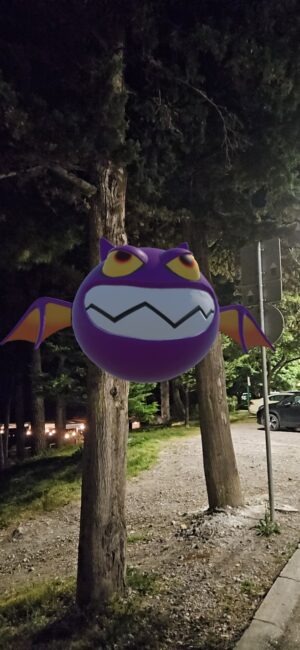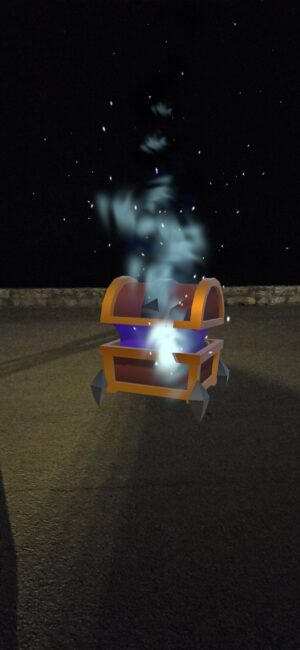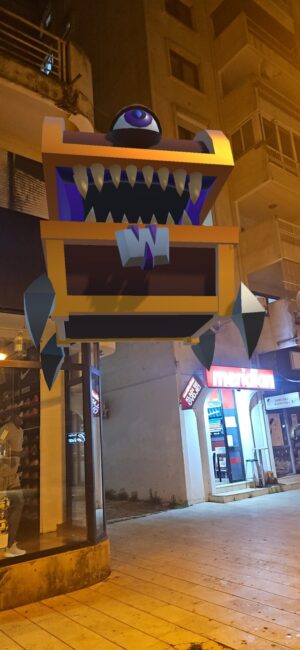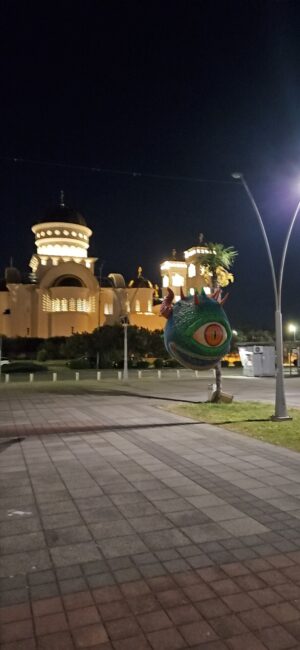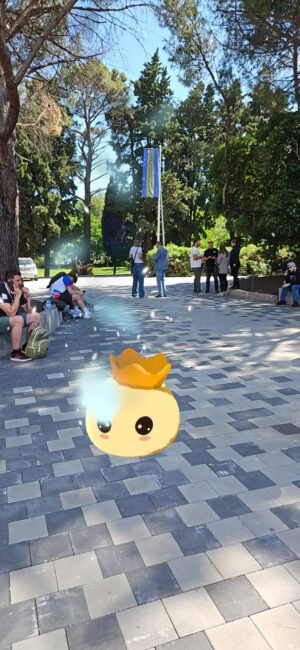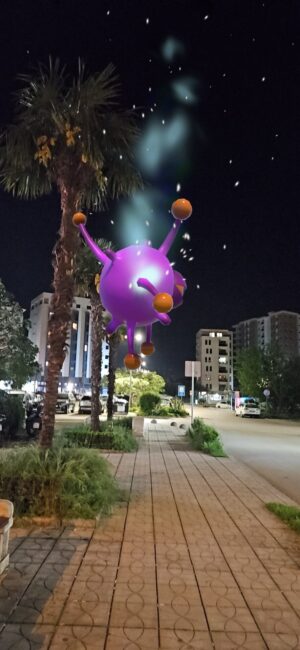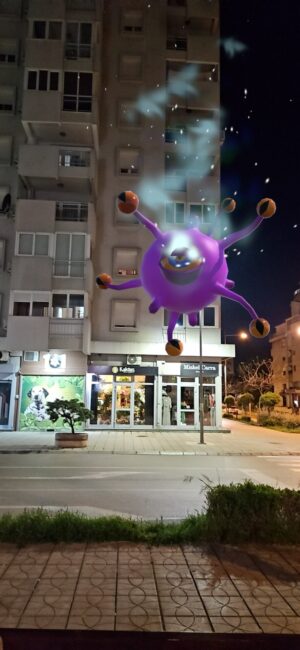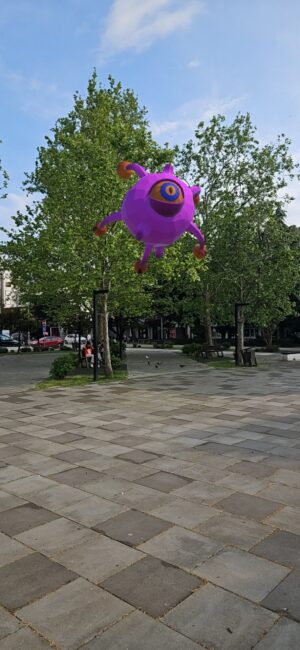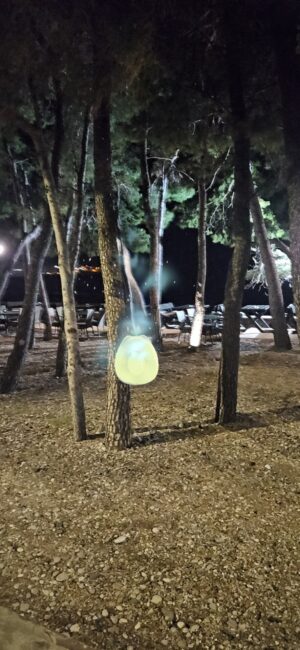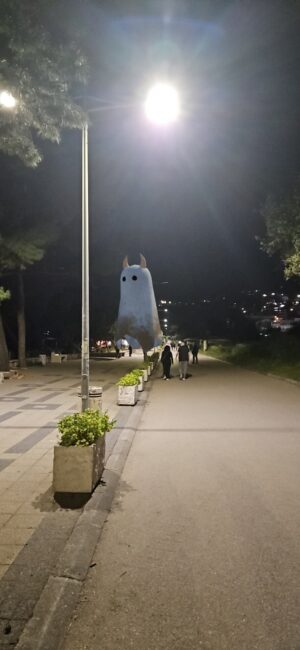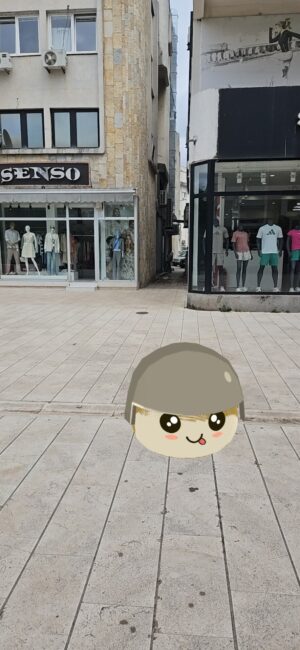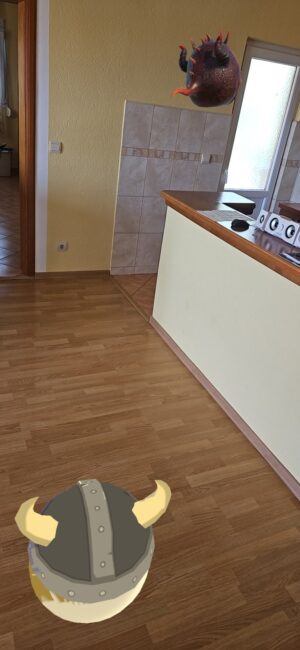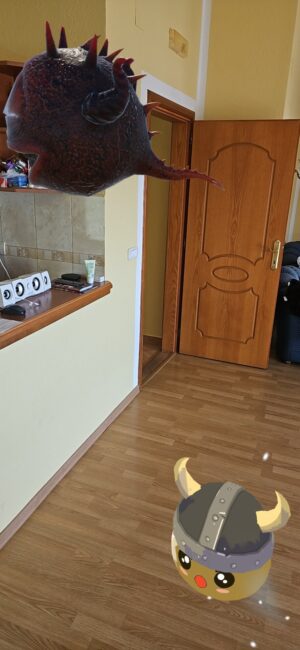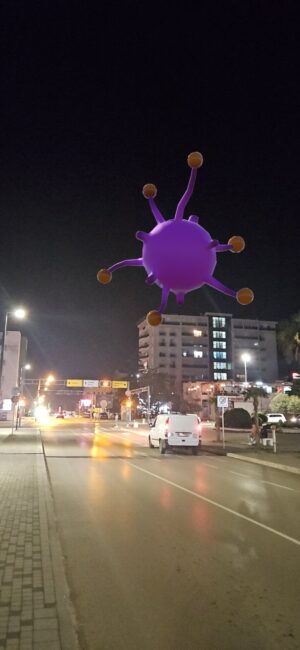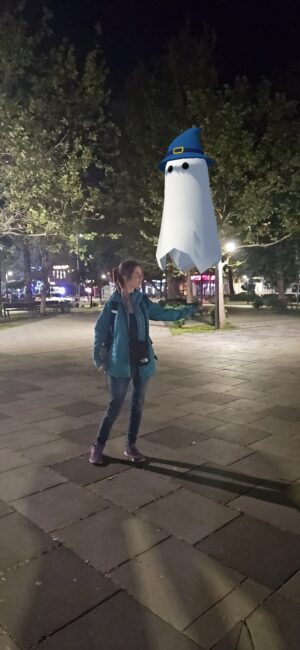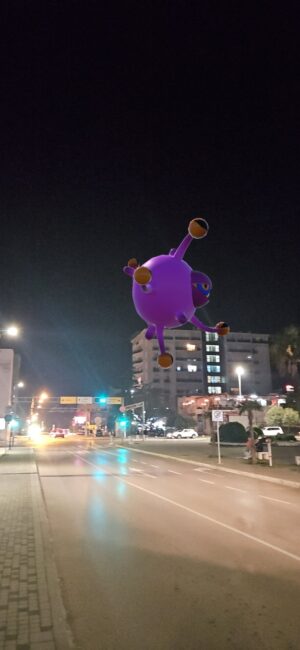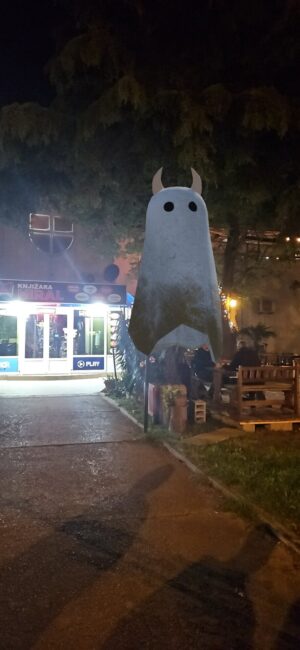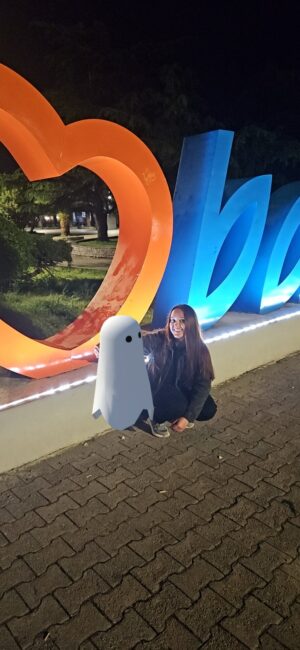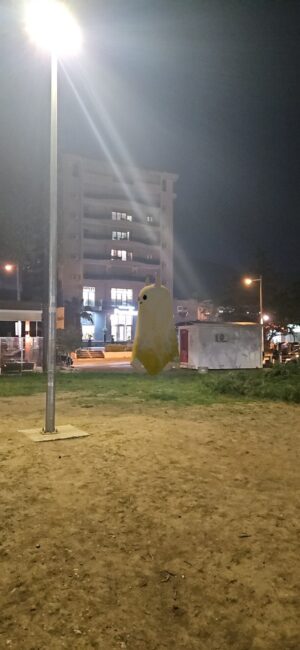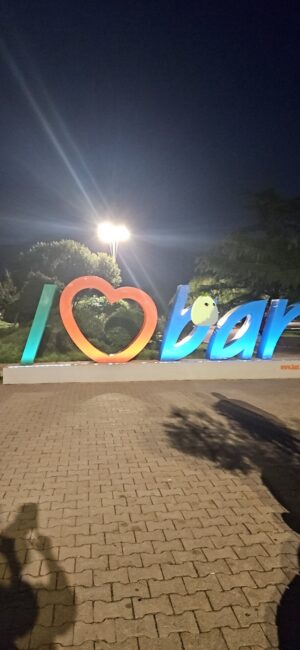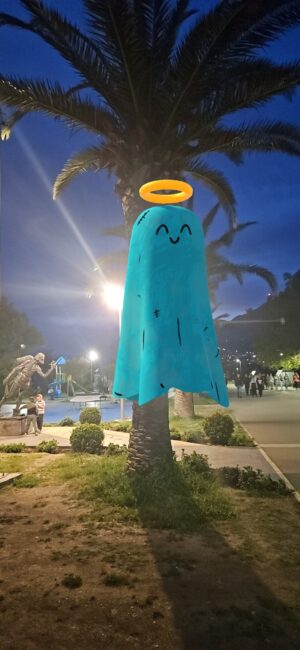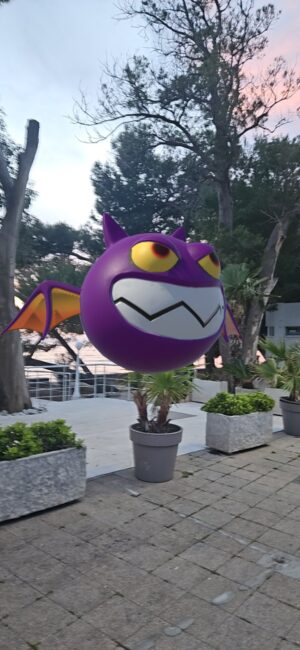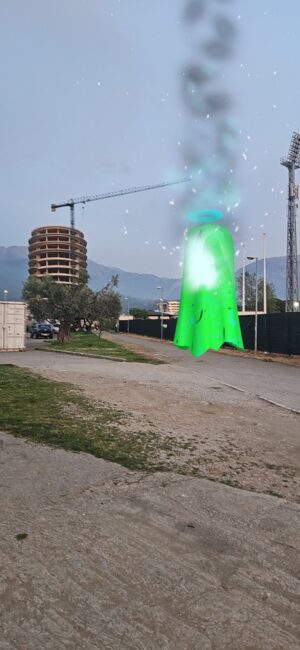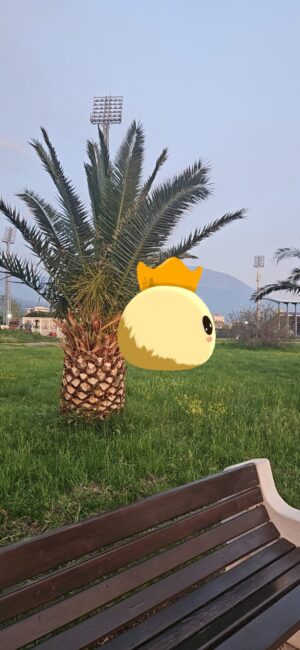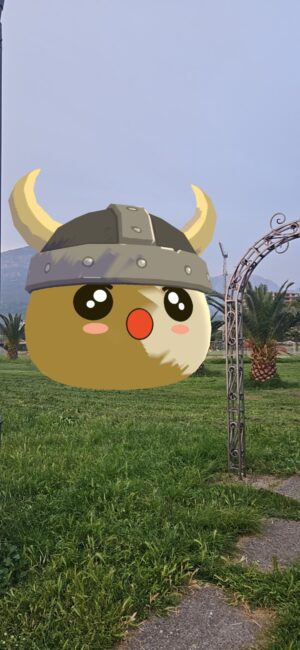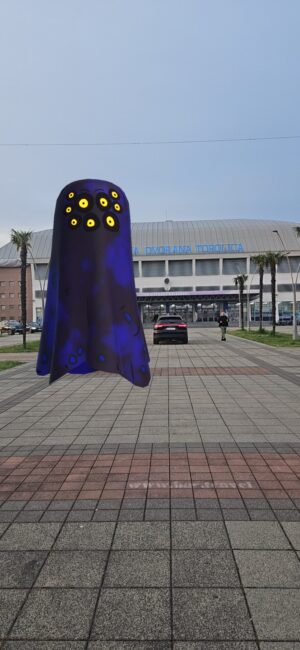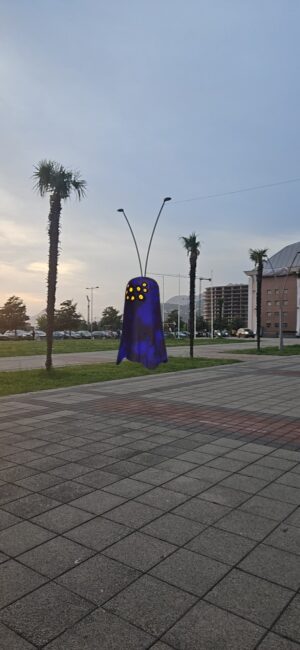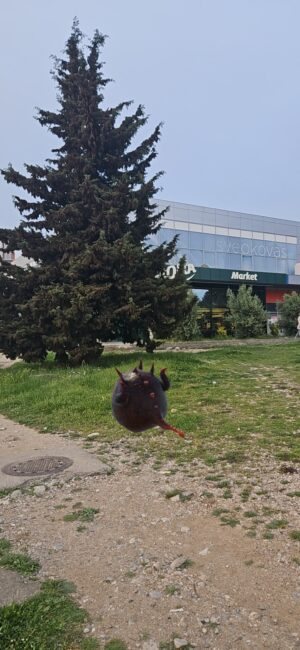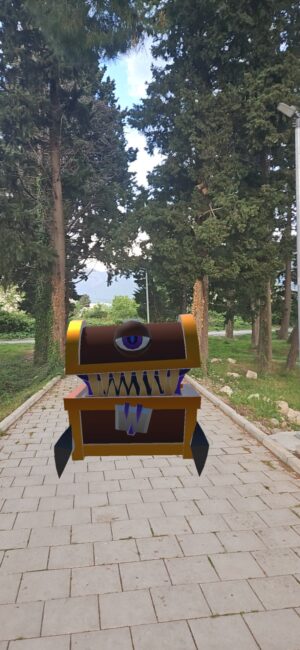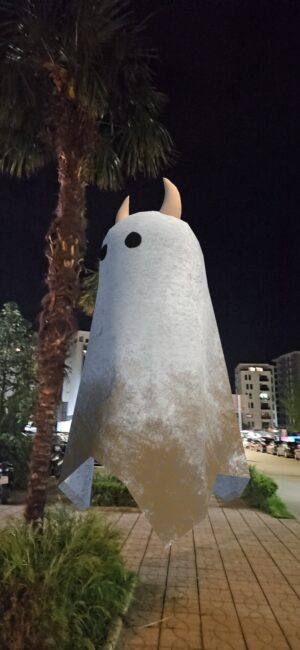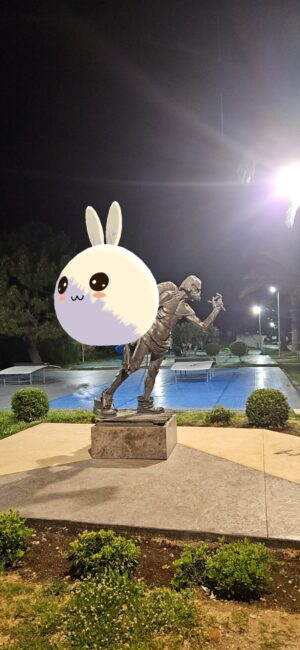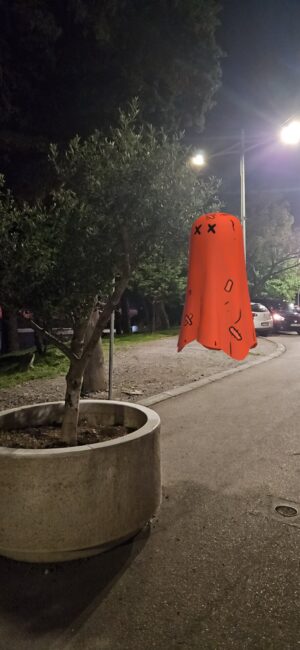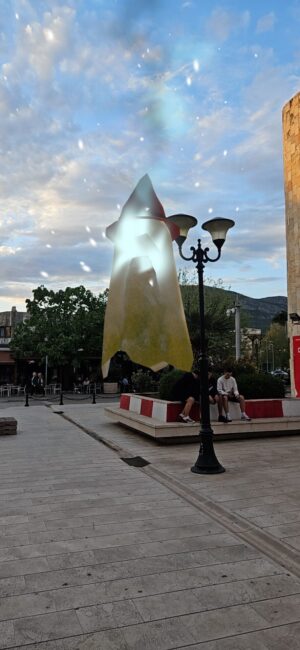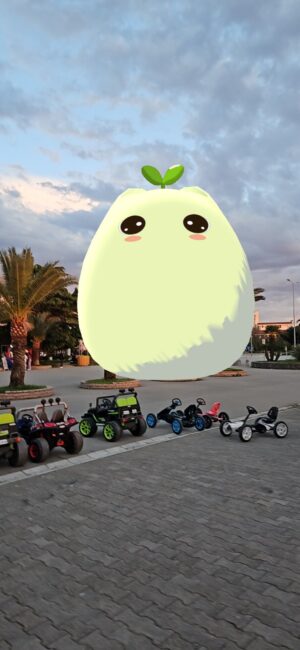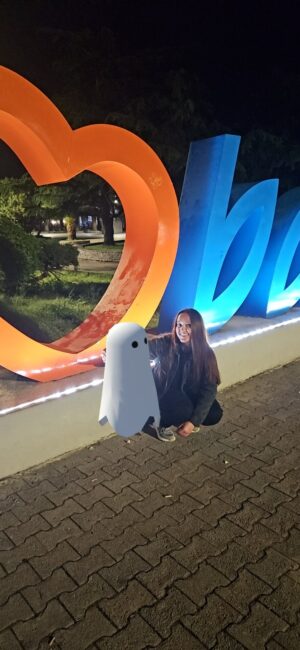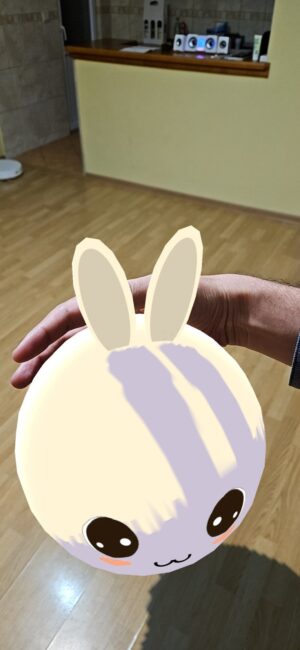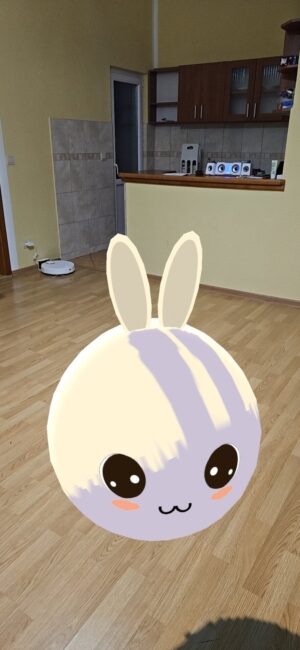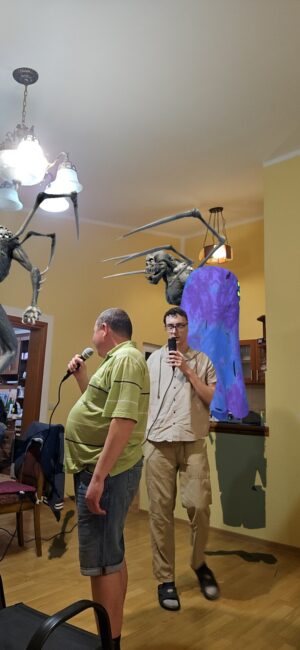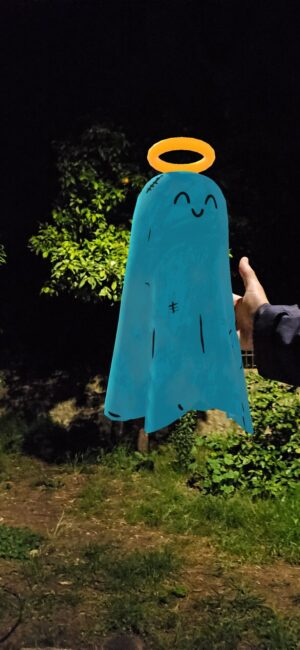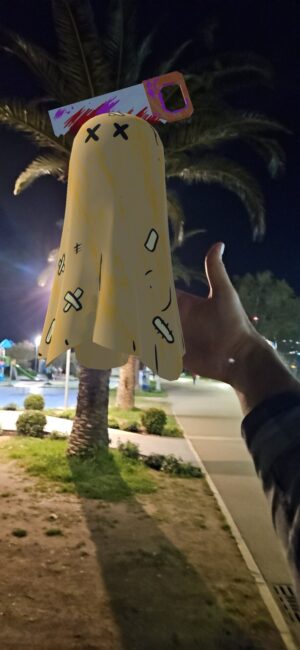Creating an augmented reality (AR) game with ghosts is an exciting project that combines AR technology and horror elements. Below is a detailed overview of the stages of developing such a game using Unity and AR Foundation.
Game Concept
Imagine a game where players use their smartphones to detect and interact with ghosts that appear in their real-life surroundings. The goal is to find and “catch” all the ghosts that appear on the map.
Development Tools
- Unity: A powerful engine for creating 2D and 3D games that supports AR.
- AR Foundation: A Unity library for developing cross-platform AR applications.
- ARCore/ARKit: AR platforms for Android and iOS respectively.
- Blender: For creating 3D models of ghosts and objects.
- Shader Graph: For creating visual effects for ghosts.
Game creation stages
- Project setup
- Create a new 3D project in Unity.
- Install AR Foundation packages and the corresponding XR Plugin (ARCore for Android or ARKit for iOS) via Package Manager.
- Set up the scene, add AR Session and AR Session Origin objects.
- Surface detection
- Use ARPlaneManager to detect flat surfaces in the real world.
- Add ARRaycastManager to detect interaction points on these surfaces.
- Ghost modeling
- Create 3D ghost models in Blender/use ready-made assets.
- Import models into Unity and set up materials using Shader Graph to create a translucent effect.
- Interaction mechanics
- Implement a ghost “search” system using the device’s camera.
- Add the ability to “catch” ghosts, for example, with a virtual trap or a spell.
- Use animation and sound effects to enhance the atmosphere.
- User Interface
- Develop an intuitive interface with indicators of the number of ghosts remaining, energy level, and other elements.
- Add a tutorial mode for new players.
Mechanical Features
- Realistic ghost behavior: Ghosts can hide, move, and react to player actions.
- Progression system: Players can improve their skills and tools as they progress through the game.
- Multiplayer: Ability to play together with other players to catch ghosts.
Creating an AR ghost game is an exciting process that allows you to combine augmented reality technologies with creative design and programming. With the help of Unity and AR Foundation, we bring to life an immersive gaming experience that will impress users.
In addition to the previously described stages of developing an AR ghost game, we consider monetization strategies and the integration of blockchain technologies, which can significantly expand the functionality and commercial potential of the project.
Monetization and in-game economy
Effective monetization is a key aspect of the success of mobile games. According to Unity, the most common strategies are in-game purchases (IAP) and advertising. The following mechanics can be implemented in our game:Unity
Energy and Power-Ups
- Extra Energy: Allows players to stay in the game longer without waiting for energy to regenerate.
- Radar and Map Power-Ups: Increases the efficiency of detecting ghosts and rare objects.
- Rare Ghost Detector: Increases the chance of encountering unique ghosts.
- Rare Ghost Summoning Stone: Right in front of the screen
Loot Boxes and Chests
- Ghost Chests: Contain random rewards, including rare items and resources.
- Keys to open chests: Can be purchased with in-game currency or real money.
In-game Market
- Buying and Selling Items: Players can trade with each other, with the platform taking a commission from each transaction.
- Rare Crafting Ingredients: Used to create unique items and upgrades.
Additional Features
- Paid Horror Mode: Enhances the atmosphere of fear with more realistic sounds and visuals.
- UI and Sound Customization: Allows players to personalize their gaming experience.
- Pocket Ghost Companion: A virtual companion with whom you can interact and communicate.
Blockchain and NFT Integration
The implementation of blockchain technologies opens up new opportunities for monetization and interaction with players:
In-game cryptocurrency
- Creation of your own coin: Used for in-game purchases and can be exchanged for other cryptocurrencies.
- Transaction transparency: Provided through the use of smart contracts.
NFT and unique items
- NFT Minting: Players can create unique items that belong only to them.
- Marketplace: The ability to buy, sell and trade NFT items between players.
Unity provides tools for the integration of blockchain technologies, including support for Solana, Tezos and other platforms .
Crafting and upgrading items
The crafting system allows and players to create and improve items using collected resources:
- Forging: combining several items to create a more powerful artifact.
- Minting: turning created items into NFTs for further use or sale.
Such mechanics encourage players to actively participate in the gameplay and economy.
Future expansions: PvP and card game
Additional modes are planned to be developed, including:
- PvP arena: players will be able to fight each other using collected ghosts and items.
- Card game: based on collecting and using unique ghost cards in strategic battles.
These modes will expand the possibilities of interaction between players and increase audience engagement.
Integrating these elements into an AR ghost game will create a unique and immersive experience for players, as well as provide a sustainable and diverse monetization model.

